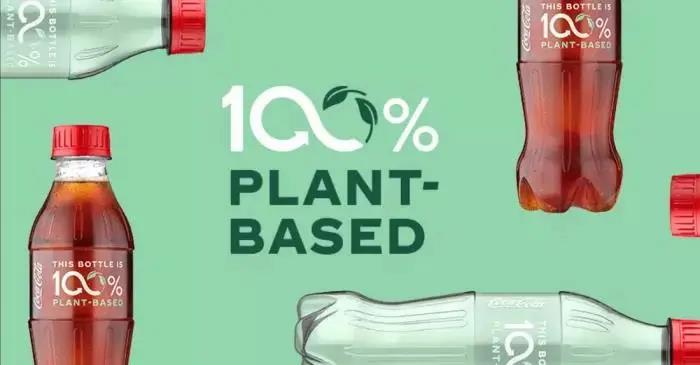In recent years, with the global focus on green development, especially the Chinese government's major strategic decision to achieve carbon peaking by 2030 and carbon neutrality by 2060, major companies have responded by promoting and laying out a comprehensive green transformation through their own innovative R&D. In the packaging application, more and more companies are actively exploring the application of green packaging. Let's take a look at it together.
IKEA to phase out plastic packaging for goods
For its part, IKEA says product packaging is a key component of the IKEA business model and an important enabler for achieving affordability, sustainability and safe handling. In response to plastic waste and pollution issues, IKEA has significantly reduced the plastic used in its packaging. Today, less than 10 percent of the packaging materials used by IKEA each year are plastic. To move closer to its sustainability goals, IKEA will further eliminate plastic from its merchandise packaging and use only recycled or recyclable materials. The plan is to achieve all new product lines without plastic packaging by 2025 and to phase out plastic packaging from existing product lines by 2028.
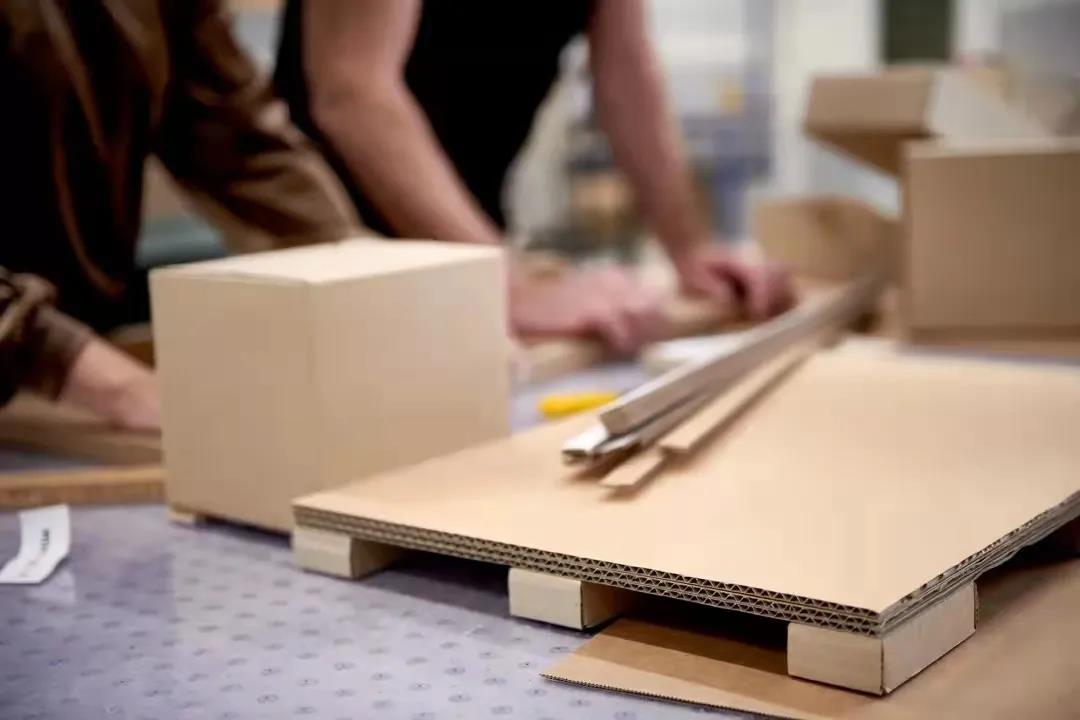
Amazon France order packaging tends to be recyclable
Amazon France has announced that it will stop using single-use plastic bags for its products by the end of 2021, a change that applies to small items sold by private label and third-party sellers using Amazon's logistics service. Consumers are currently receiving orders in paper or cardboard packaging that is more easily recycled through waste collection and disposal services. These bags are now made from more recycled materials, reducing the volume of the package compared to a standard cardboard box.

Estee Lauder: Entering the paper bottle packaging
Estée Lauder Companies announced that it has joined the Pulpex Partnership Alliance in developing recyclable bottles made from wood pulp for its products. The new paper bottles are designed to be widely recycled in the standard waste stream, which will support Estée Lauder's efforts to reduce the environmental impact of packaging throughout its lifecycle. And the expansion of this technology will support Estée Lauder's efforts to drive progress on its global sustainable packaging goals, including the company's latest commitment to reduce the amount of virgin petroleum-based plastics in its packaging to 50 percent or less by the end of 2030. By 2025 all cartons are FSC certified and 75 to 100 percent of their packaging is "recyclable, refillable, reusable, recyclable.
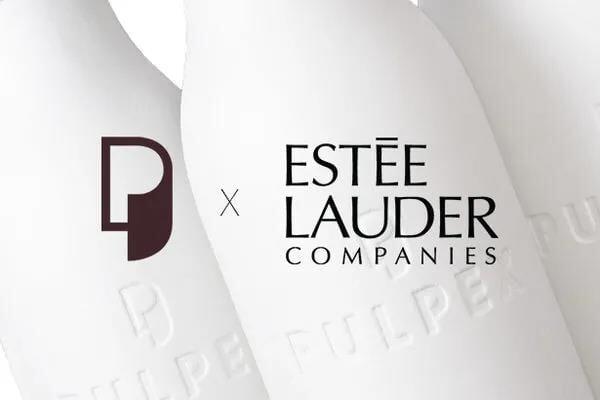
The current situation and development prospects of green packaging
As the government, enterprises and individuals continue to pay attention to environmental protection, green packaging, environmental protection packaging has gradually become an excellent opportunity for packaging and printing enterprises to achieve competitive differentiation and sustainable development. The most attention to environmental protection courier packaging, for example, in order to solve the problem of packaging pollution, major e-commerce and courier companies are currently testing the water green packaging.
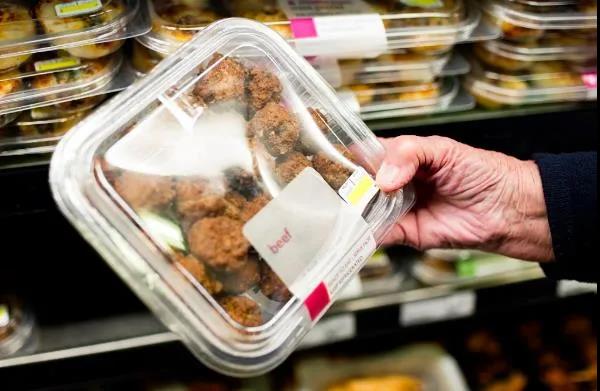
Green Packaging Materials
Green packaging research mainly lies in the following points: the reduction of packaging materials, that is, in the product packaging to meet the functions of the use, transportation, convenient, conducive to sales of the basic situation, as far as possible to save packaging materials ; The recycling of packaging materials is to improve the efficiency of the recycling of packaging materials, in the waste to achieve renewable resources use has been the maximum degree of environmental protection. The compatibility of packaging materials with the environment, can be naturally degraded in a short time, minimal or no pollution of the environment, maintaining the ecological balance; packaging materials to ensure that non-toxic and non-polluting, the choice of packaging materials is also a responsible for the safety of life.
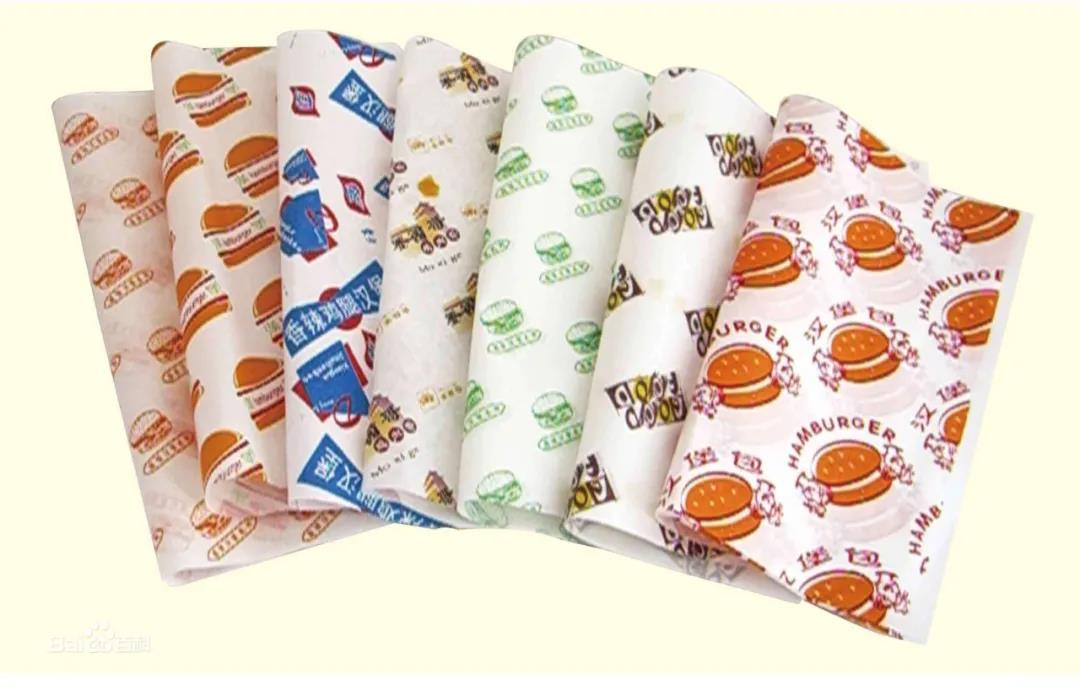
The so-called green packaging material is in the production, use, end-of-life and recycling process, can save resources and energy, waste can be quickly natural degradation or reuse, will not damage the ecological balance. And a wide range of sources, low energy consumption, easy to recover and high recycling rate of materials or material products. The common green packaging materials include biodegradable plastics and natural biomolecular materials.
01 Reusable and recycled packaging materials
reuse packaging such as beer, drinks, soy sauce, vinegar and other packaging using glass bottles for repeated use. Sweden and other countries to implement the polyester PET beverage bottles and PC milk bottles reuse up to 20 times or more. The Netherlands Wellman company and the United States Johnson company to PET containers for 100% recycling.
Recycling packaging, such as polyester bottles after recycling, can be recycled in two ways, the physical method refers to the direct and thorough purification and shredding, without any contaminant residue, after the treatment of plastic and then directly used in recycled packaging containers. Chemical method means that the recycled PET is shredded and washed, and the PET is fully depolymerized into monomers or partially depolymerized into oligomers by using depolymerizers such as methanol water, ethylene glycol or diethylene glycol under the action of alkaline catalysts, and then the monomers or oligomers are purified and repolymerized into recycled PET resin packaging materials.
Reuse and recycling of packaging materials. Honeycomb cardboard will surely lead the trend of the times and become the leader in the field of packaging materials with its following features
02 Edible packaging materials
Edible packaging films have been used for decades, and the familiar glutinous rice paper used in candy packaging and the corn baking cups used to package ice cream are typical of edible packaging. It is a tasteless, odorless, non-crystalline, amorphous white powder, a non-ionic, non-reducing stable polysaccharide, and because it is a polydextrose composed of α-glucoside, it dissolves easily in water and can be used as a viscous, neutral, non-dissociative non-gelatinized aqueous solution.
Its 5%-10% aqueous solution can be dried or hot pressed to make films of 0.01mm thickness, which are transparent, colorless, odorless, non-toxic, tough, highly resistant to oil, edible and can be used for instrument packaging. Its gloss, strength and folding resistance are better than the film made of high chain starch.
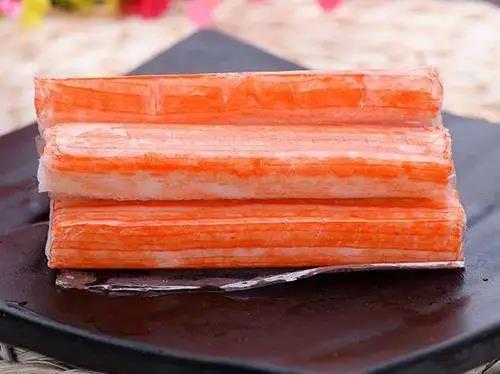
Edible cling film has been used in China as early as the 12th to 13th centuries to coat oranges and lemons with wax to retard their dehydration and weight loss. Extend the shelf life of fruits and vegetables. Nowadays, edible cling films have been developed into multi-component edible films made of various biomolecules (proteins and polysaccharides) and lipids with various functional properties.
This kind of composite film is mainly through the interaction between different molecules, the formation of a stable emulsion, and then dried so that the solvent volatilization and the formation of porous, transparent or translucent three-dimensional network structure of the film, this porous network structure makes the film with obvious water resistance and certain optional permeability, and therefore in the food industry, especially in the preservation of fruits and vegetables, has a broad application prospects.
03 Biodegradable materials
A degradable material is a plastic whose chemical structure changes under specific circumstances that cause loss of performance over a specific period of time. Biodegradable plastic packaging materials not only have the functions and characteristics of traditional plastics, but also can be degraded and restored in the natural environment through the action of ultraviolet light in sunlight or the action of microorganisms in soil and water, and finally reenter the ecological environment in a non-toxic form and return to nature.
